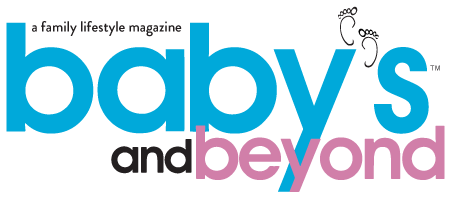Healthy eating and physical activity are essential for proper growth and development in childhood. To help children develop patterns of healthy eating from an early age, it is important that the food and eating patterns to which children are exposed – both at home and outside the home – are those which promote positive attitudes and enjoyment of good food.
The amount of food your toddler requires depends on a variety of factors including gender, size and activity levels. Once your child is a year old you may notice that the amount they eat decreases, and they tend to eat more sporadically. This is to be expected as their growth slows down compared to the first twelve months of their lives. This is also the age when picky eating can develop as well as a fear of new foods.
So, what can parents do to help their toddlers develop a positive relationship with food whilst also enjoying food to promote optimal growth and development?
Keep mealtimes pleasant and relaxed
Try to eat as a family as often as possible. Sit at a table with no screens (TVs, phones, tablets) or other distractions. This is an important connection time for the family and an opportunity for your toddler to observe and learn to eat different types of foods and learn good habits. Therefore, whenever you can try to give your toddler the same foods as the rest of the family.
Let your toddler feed him/ herself and embrace the mess, this helps to promote self-feeding skills. Don’t become discouraged if your toddler doesn’t like the food at the first try. It can take about 15 attempts before they accept a new food, it’s all about ongoing exposure. TIP: offer the same food in different forms for example: carrots – grated, cooked, and cut into circles or sticks.
Trust your toddler’s appetite
As a parent your job is to decide what and when your toddler eats, however it is up to him / her to decide how much they eat. This is to teach them to listen to their bodies in terms of hunger and fullness cues.
Pressuring your child to eat can lead to them becoming pickier and eating even less. Remember their appetites vary from day to day as well as place to place (home vs day-care). Rather look at what your toddler has eaten over a few days to a week. The best measure to check if your child is eating enough is regular growth monitoring at your local clinic.
Have an eating routine and offer regular meals and snacks
Offer three meals and 2-3 nutritious snacks every day. Toddlers have small tummies (about the size of their fists) that fill up quickly therefore they need to eat more often.
Set regular eating times, this will help your toddler to develop a healthy routine as to prevent grazing. Grazing often leads to an increased intake of less nutritious foods and fills their tummies which affects the amount eaten at mealtimes.
Provide your toddler with nutritious foods
Try to give a variety of different foods:
- Include vegetables and fruit daily at each meal and snack – offer a variety of colours.
- Choose high fibre starchy foods, such as oats, wholewheat, brown bread, wholewheat pasta, rice, potato, sweet potato, etc.
- Offer milk and milk products – yoghurt, cheese, cream cheese, etc. Use full cream options until 2 years old.
- Offer 2-3 portions of protein per day. Examples include lean meats (mince, beef strips), chicken, eggs, dried beans, lentils, chickpeas (including Humus), fish, etc.
- Include healthy sources of fat daily such as avo, nut butter, olive oil and margarine.
- Limit foods that are high in added sugar, salt, and fat, such as cakes, biscuits, sweetened cereal, ice cream, sweets, chocolate, hot dogs, salted crackers, chips, French fries, onion rings and processed meats. These foods will fill up your toddler and leave less room for more nutritious foods. Try to delay the exposure to these foods for as long as possible.
- Also be aware of foods that could be choking hazards – nuts, popcorn or whole soft round foods, for example.
Offer healthy beverages:
- If you are breastfeeding, then you can continue to for two years and beyond.
- If you are not breastfeeding, you can use a toddler formula milk or full cream cow’s milk. Try limit milk to 2-3 cups per day. If toddlers drink too much milk, they will have a decrease in appetite for food and will miss out on important nutrients.
- Water can be given between meals.
- Avoid giving fruit juices (if you do give juice – dilute with water), fizzy drinks and too much tea.
- Offer beverages in a regular cup, not a bottle or a “sippy cup”.
Be active with your toddler
- Toddlers need to be physically active every day for proper growth and development, and to have a healthy weight.
- Be active with your toddler and give your toddler playtime both inside and outside. Run, jump, dance or play catch or tag with your toddler to help them develop basic movement skills.
- Limit the time they spend in front of the TV and computer.
- Keep them active during the day by letting your toddler play on their own and with other children.
Feeding toddlers can be tricky, as they learn to assert their independence through food. Try to enjoy the process and have fun trying different tastes and textures with your toddler. If you are worried about your toddlers eating or need extra ideas, contact a registered dietitian for extra help.




